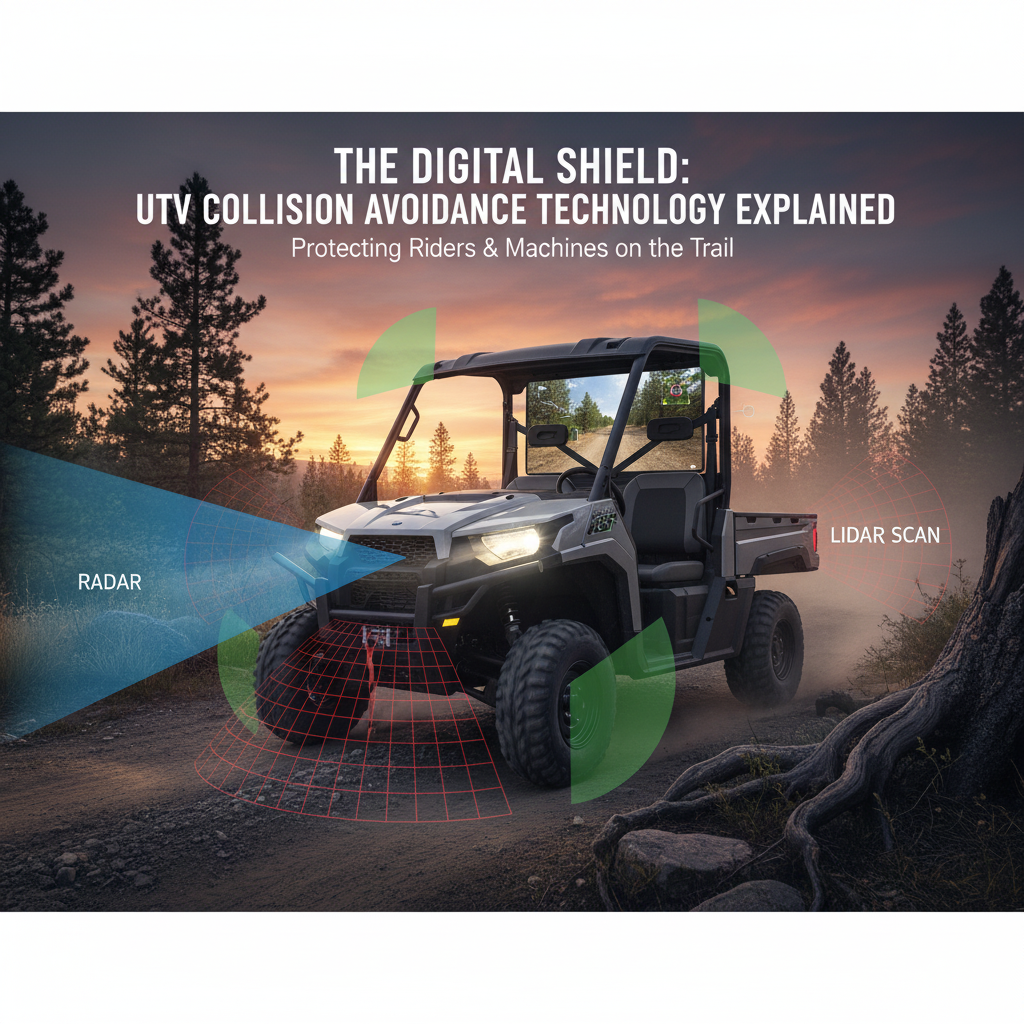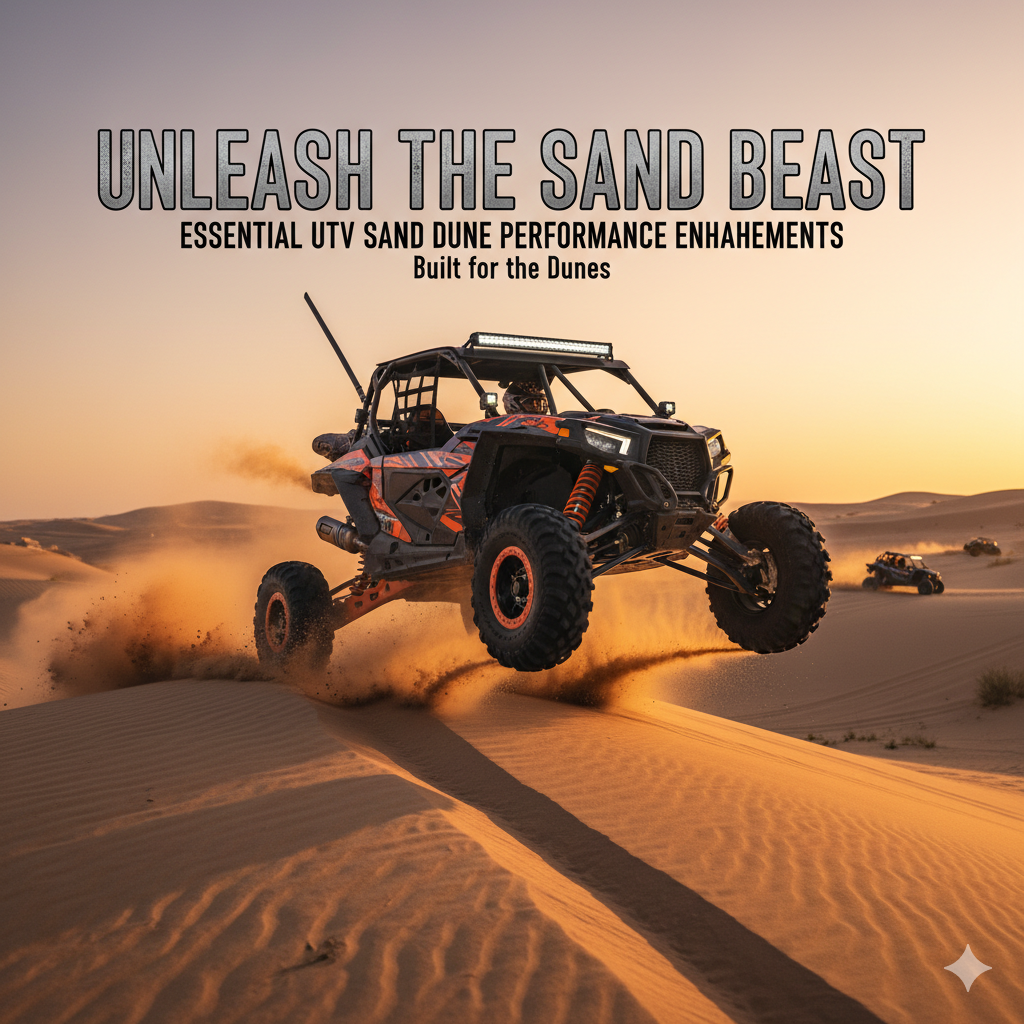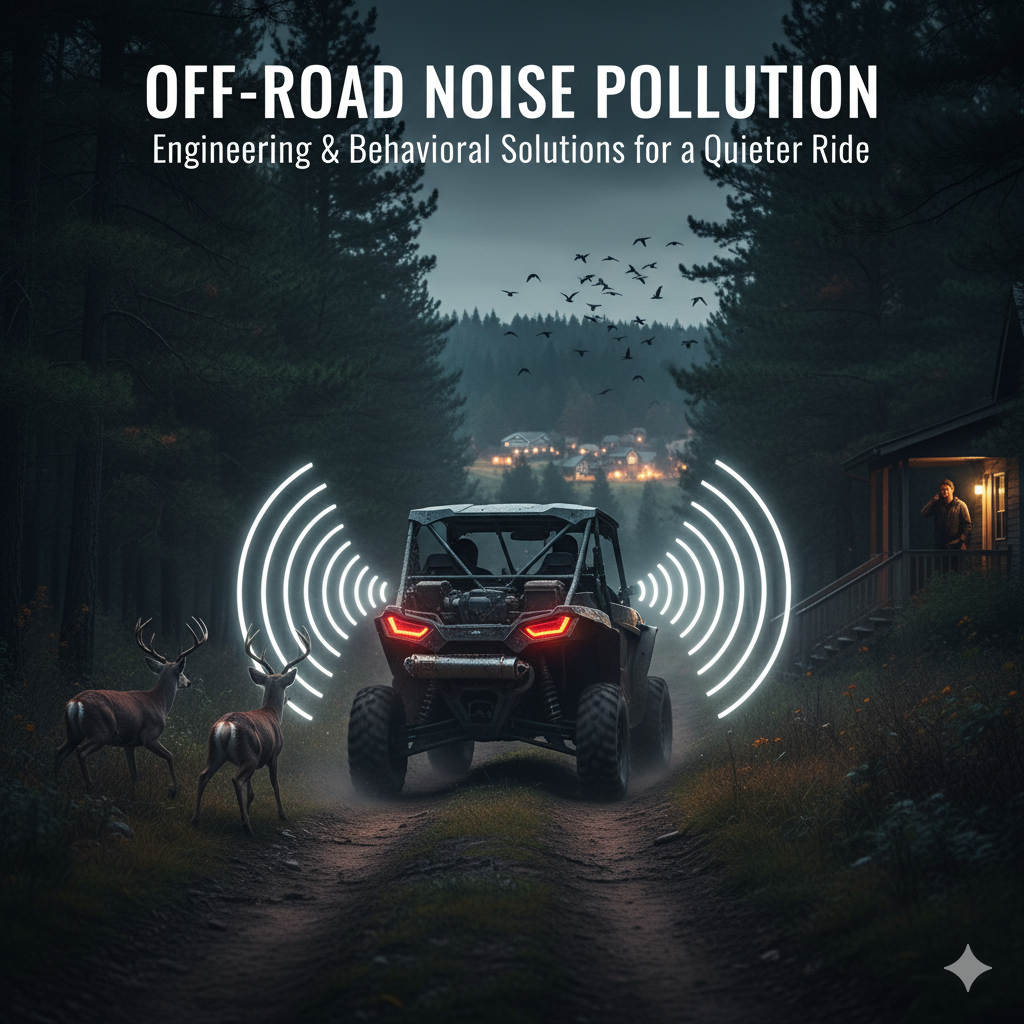Welcome to our blog post on the classification of off-road small vehicles!
If you’re a fan of outdoor adventures and exploring rugged terrains, you’ve come to the right place.
In this article, we’ll delve into the different types of off-road small vehicles, their features, and answer some common inquiries related to off-roading.
So, buckle up and let’s dive in!
Types of Off-Road Small Vehicles
Off-road small vehicles come in various shapes and sizes, each designed to tackle different terrains and cater to specific needs.
Let’s take a look at some of the most popular types:
All-Terrain Vehicles (ATVs)
ATVs, also known as quad bikes or four-wheelers, are compact vehicles with handlebars for steering and a seat for the rider.
These vehicles are designed to handle a wide range of terrains, from muddy trails to rocky hills.
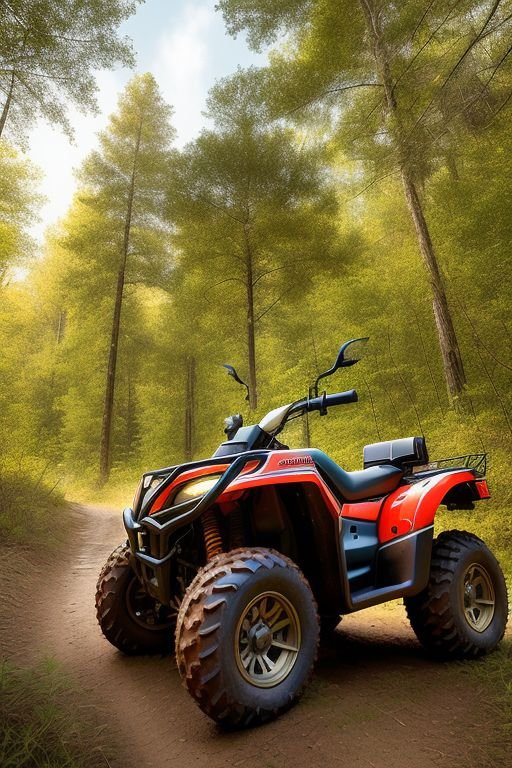
ATVs are typically used for recreational purposes, but they also find utility in agricultural and industrial settings.
Side-by-Side Vehicles (SxS)
SxS vehicles, also called utility terrain vehicles (UTVs) or recreational off-highway vehicles (ROVs), are similar to ATVs but have seating for two or more passengers.
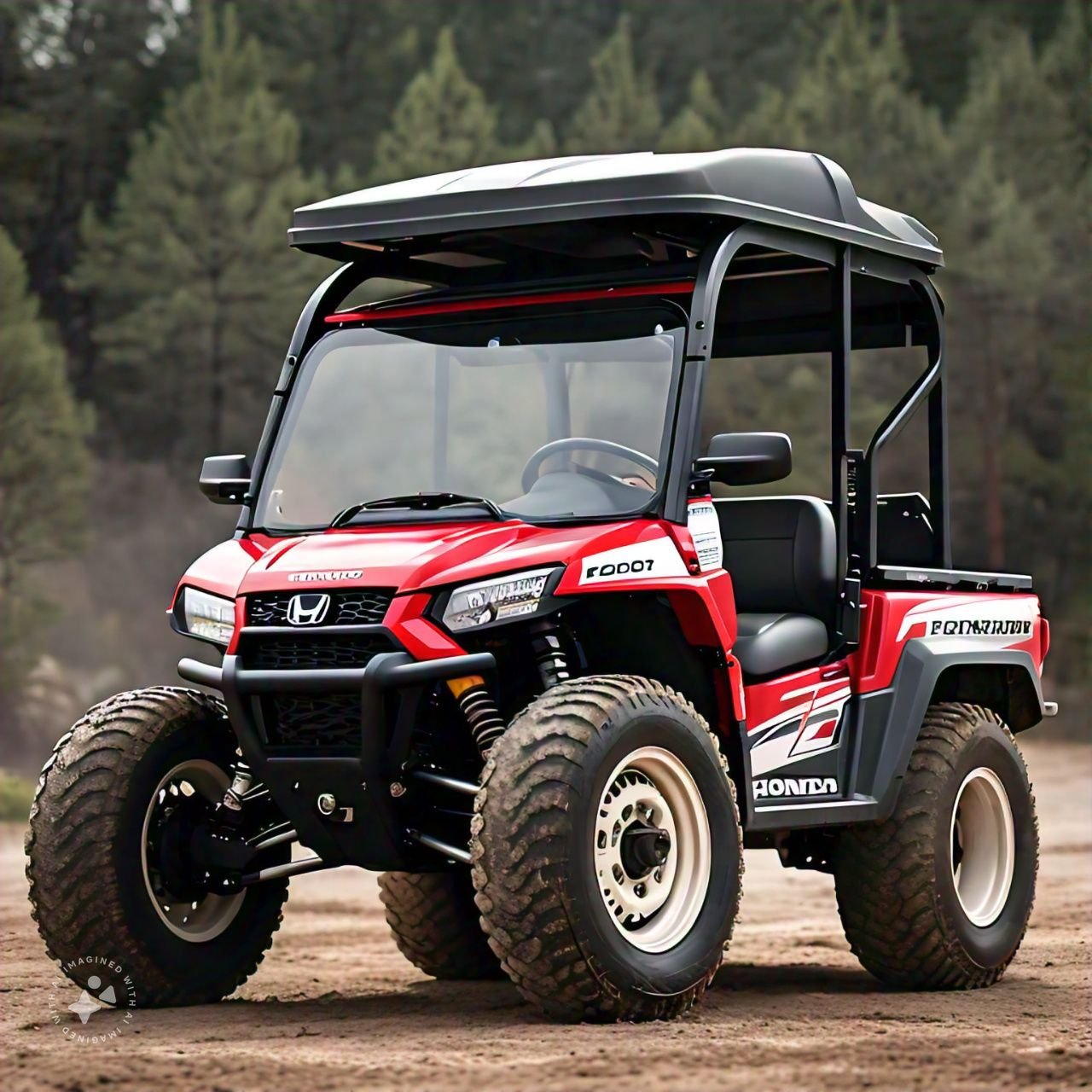
These vehicles offer more stability and cargo capacity compared to ATVs, making them ideal for off-road adventures with friends or family.
SxS vehicles often come equipped with features such as roll cages, seat belts, and cargo beds.
Dirt Bikes
Dirt bikes are lightweight motorcycles designed for off-road riding.
These two-wheeled vehicles are built with rugged suspension systems, knobby tires, and powerful engines to tackle rough terrains with ease.
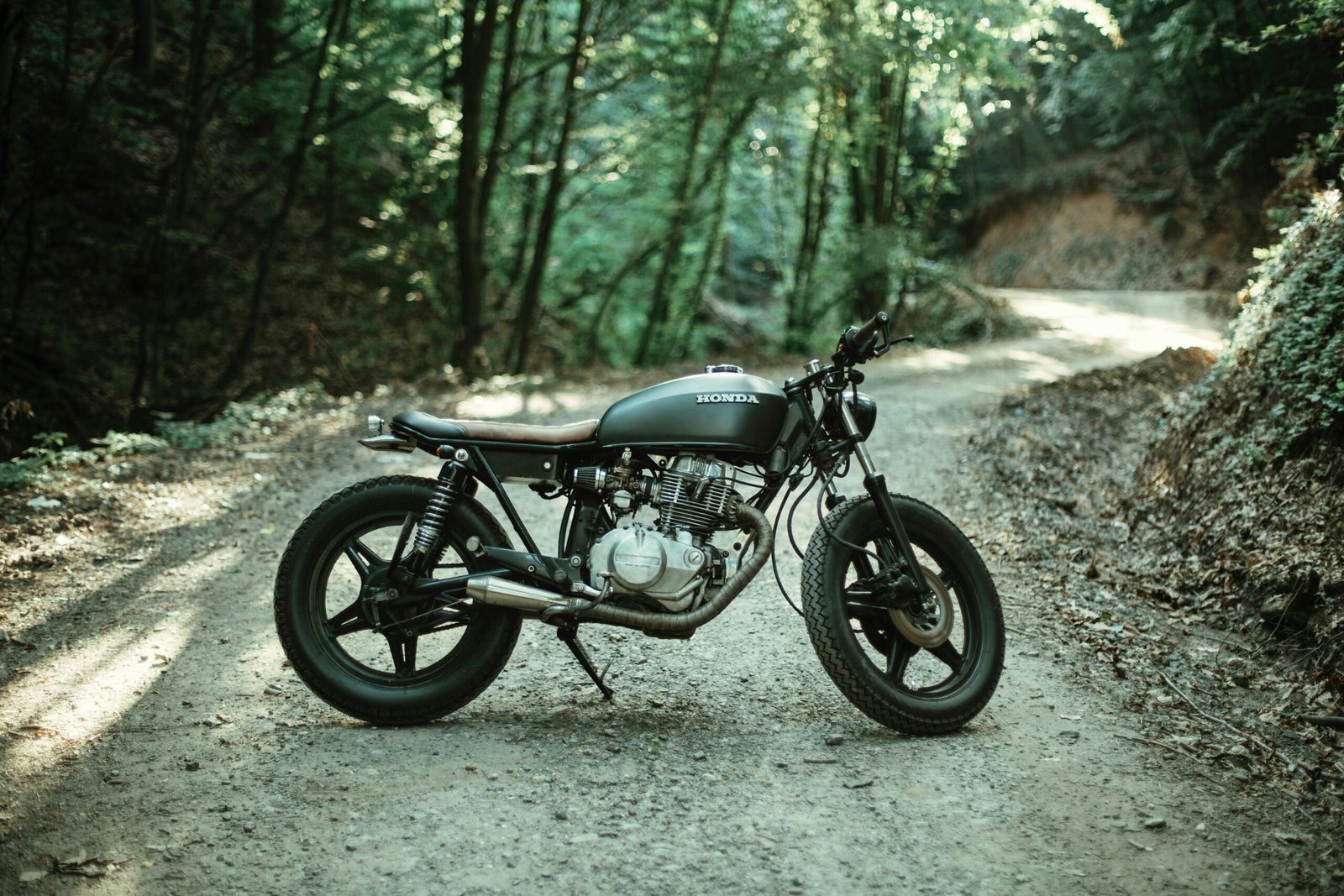
Dirt bikes are popular among motocross enthusiasts and adrenaline junkies who enjoy the thrill of off-road racing and jumps.
Off-Road Go-Karts
Off-road go-karts, also known as buggy karts, are compact vehicles that resemble traditional go-karts but are built for off-road use.
These vehicles feature sturdy frames, off-road tires, and powerful engines.
Off-road go-karts are perfect for those who want a fun and exhilarating off-road experience without the complexity of operating larger vehicles.
Factors to Consider When Choosing an Off-Road Small Vehicle
When selecting an off-road small vehicle, several factors come into play.
Here are some key considerations to keep in mind:
Intended Use
Think about how you plan to use the vehicle.
Are you looking for a recreational vehicle for weekend adventures, or do you need a utility vehicle for work purposes?
Understanding your intended use will help narrow down your options and ensure you choose a vehicle that meets your specific requirements.
Terrain Compatibility
Consider the type of terrain you’ll be traversing.
Some vehicles are better suited for sandy dunes, while others excel in muddy trails or rocky terrains.
Make sure the vehicle you choose is designed to handle the specific terrain you’ll be exploring.
Seating Capacity
If you plan on bringing along friends or family members, consider the seating capacity of the vehicle.
ATVs are typically designed for one rider, while SxS vehicles can accommodate multiple passengers.
Choose a vehicle that can comfortably seat everyone who will be joining you on your off-road adventures.
Safety Features
Off-roading can be exhilarating, but it’s important to prioritize safety.
Look for vehicles that come equipped with safety features such as roll cages, seat belts, and headlights.
Additionally, wearing appropriate safety gear, such as helmets and protective clothing, is essential for a safe off-road experience.
Common Inquiries About Off-Roading
Now, let’s address some common inquiries related to off-roading:
1. Is off-roading only for experienced drivers?
Off-roading can be enjoyed by both beginners and experienced drivers.
However, it’s important to start with easy trails and gradually work your way up to more challenging terrains as you gain experience and confidence.
Taking a driving course or going out with an experienced off-roader can also help you learn the necessary skills and techniques.
2. What should I do if my off-road vehicle gets stuck?
Getting stuck is a common occurrence when off-roading.
If your vehicle gets stuck, the first thing to remember is to stay calm.
Assess the situation and try to gently maneuver the vehicle out of the obstacle.
If that doesn’t work, you may need to use recovery equipment such as a winch or tow strap.
It’s also a good idea to carry a shovel and traction aids like sand tracks or traction boards to help get your vehicle unstuck.
3. How can I minimize my impact on the environment while off-roading?
Off-roading can have an impact on the environment, so it’s important to practice responsible off-roading.
Stick to designated trails and avoid going off-trail, as this can damage vegetation and disturb wildlife habitats.
Additionally, pack out any trash and leave the area as you found it.
By being mindful of your surroundings and following Leave No Trace principles, you can minimize your impact on the environment.
4. What maintenance is required for off-road vehicles?
Off-road vehicles require regular maintenance to ensure optimal performance and longevity.
Some common maintenance tasks include checking and changing the oil, inspecting and cleaning the air filter, lubricating moving parts, and inspecting the tires for wear and tear.
It’s also important to follow the manufacturer’s recommended maintenance schedule and address any issues promptly to avoid further damage.
Conclusion
Off-road small vehicles offer an exciting way to explore the great outdoors and conquer challenging terrains.
Whether you choose an ATV, SxS vehicle, dirt bike, or off-road go-kart, there’s a vehicle out there to suit your needs and preferences.
Remember to choose a vehicle that aligns with your intended use, consider the terrain compatibility, prioritize safety features, and practice responsible off-roading.
With the right vehicle and mindset, you’ll be well-equipped for unforgettable off-road adventures!


